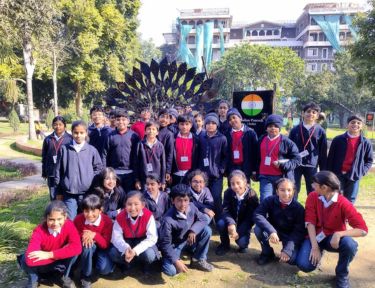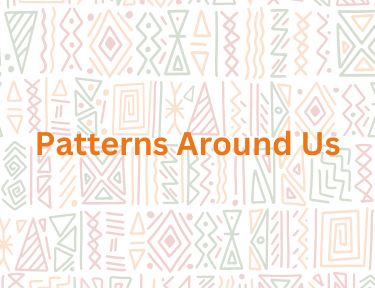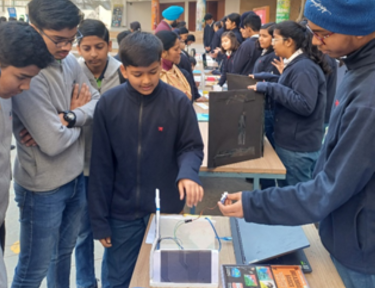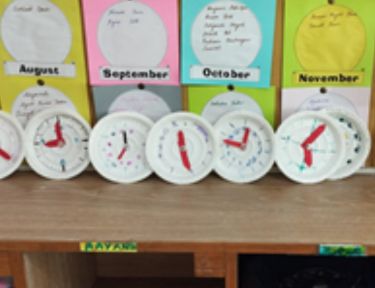


EXPLORING THE RENAISSANCE
About the project
Class VIII students embarked on a journey of exploration into the Renaissance, a period of cultural and intellectual revival in Europe between the 14th and 17th centuries. The students examined the profound influence of this era on art and architecture, uncovering the renewed interest in the classical ideals of ancient Greece and Rome. The project explored significant innovations and developments in artistic and architectural expression during the Renaissance, providing valuable insights for the students’ own learning and creative development.
Driving Question
How did the Renaissance era influence and shape the development of art and architecture?
Process
Our students began their research on the Renaissance by focusing on understanding its cultural, artistic, and architectural marvels. As an entry event, students watched a video showcasing Renaissance architecture and art, closely examining the masterpieces of renowned artists like Leonardo da Vinci, Michelangelo, Giotto, and Raphael. They marveled at works such as the Mona Lisa, the Pieta, and the Sistine Chapel, recognising the intricate interplay of mathematics and geometry through Leonardo’s Vitruvian Man.
Moving forward with their research on the Renaissance period and its impact on art and architecture, students defined their objectives, clarifying which specific aspects they wanted to explore. They then gathered background information, learning about the historical context, major events, and key figures of the Renaissance period. They poured over Leonardo da Vinci’s and Michelangelo’s work and understood the significance of perspectives in painting.
Next, they identified secondary sources such as books, academic journals, and documentaries to continue with their exploration. Throughout the process, the driving question guided their discussions, ensuring a focused exploration of the various facets of the Renaissance. By following this structured approach, students were able to collect relevant information, present it appropriately, and interpret their findings effectively. They identified patterns and connections between artistic innovations, cultural influences, and historical developments.

Project Culmination
The students synthesised their findings into a coherent narrative, presented their research through a written project file and a PowerPoint presentation, and shared their insights with peers.
Teacher Reflection
The Renaissance art and architecture project revealed the students’ deep engagement and understanding. Their use of both primary and secondary sources showcased resourcefulness. Students explored authentic voices, accessed original writings, and gained broader insights from secondary materials. This approach not only heightened academic rigour but also instilled valuable research skills, preparing students for future scholarly endeavours.
















